The worksheet "Study Guide: Chemical Reactions" is a comprehensive overview of chemical reactions, including their types, characteristics, and factors that affect their rates. The worksheet covers a wide range of topics, including:
- The difference between physical and chemical changes
- Endothermic and exothermic reactions
- Evidences of chemical reactions
- The formation of precipitates
- The structure of chemical equations
- Types of chemical reactions
- Common chemical reactions
- Similarities and differences between combustion and fermentation
- Examples of combination (synthesis) reactions
- Collision theory
- The rate of reaction
- How to slow down the rate of reaction
- Scientific skills
The worksheet includes a variety of activities and questions to help students learn and apply the concepts covered. Students are asked to define key terms, identify the type of reaction for given equations, and explain the evidence of chemical reactions. They are also asked to design experiments to slow down the rate of reaction.
Overall, the worksheet "Study Guide: Chemical Reactions" is a valuable resource for students who are learning about chemical reactions. It provides a clear and concise overview of the topic, as well as opportunities for students to practice their understanding.
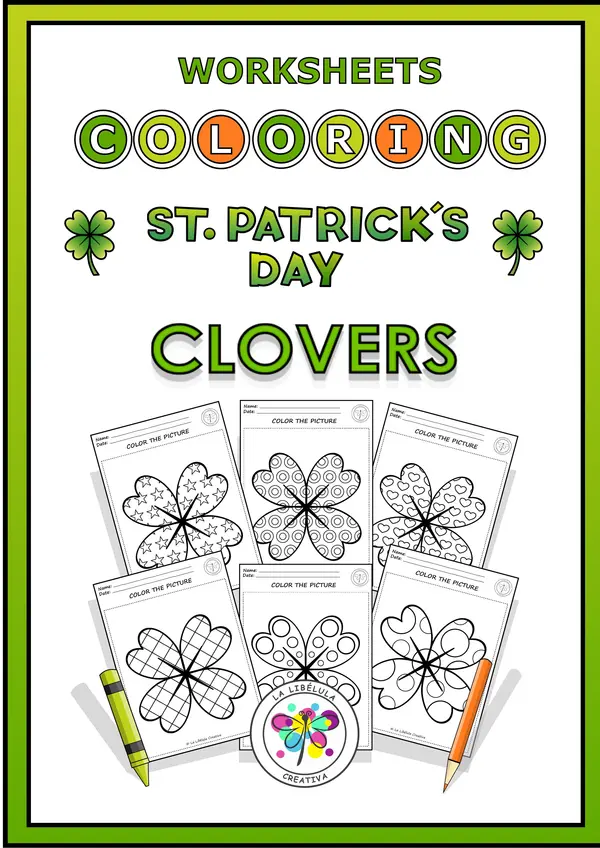
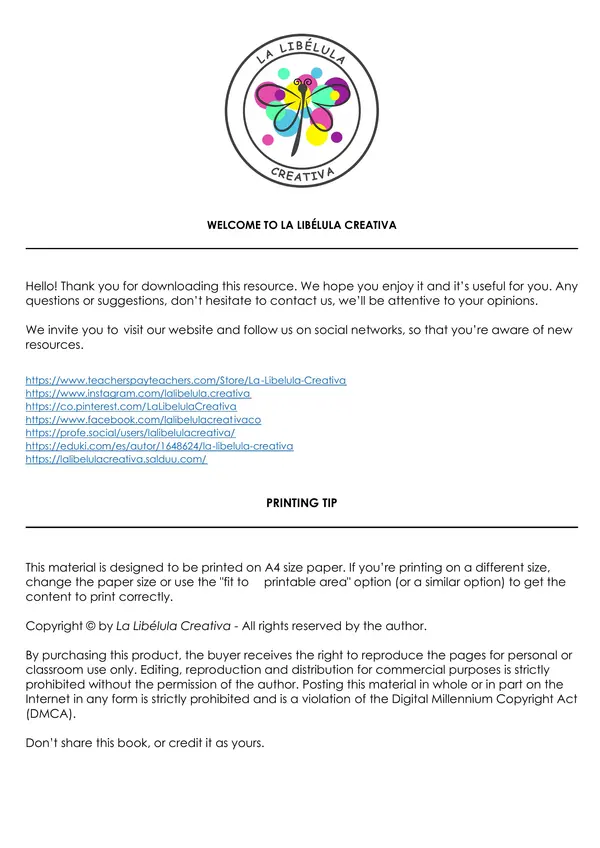
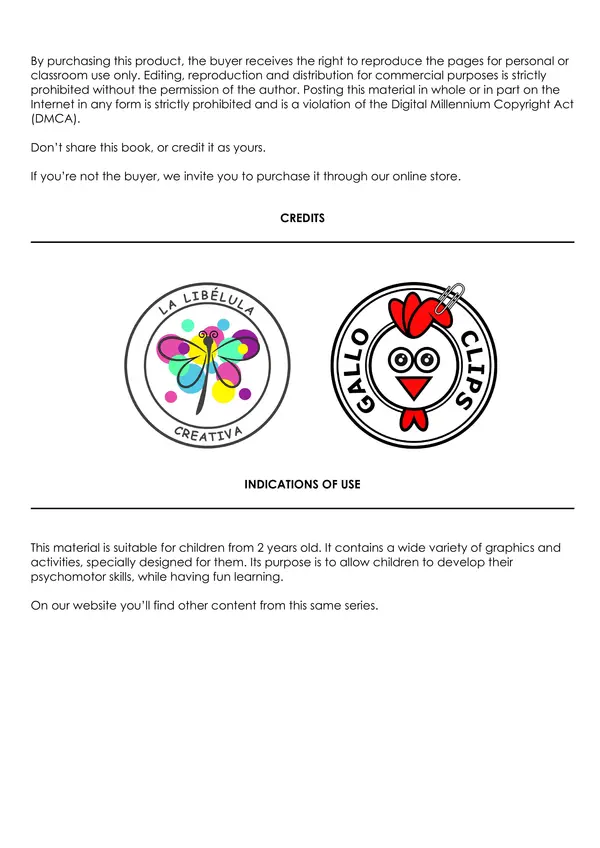
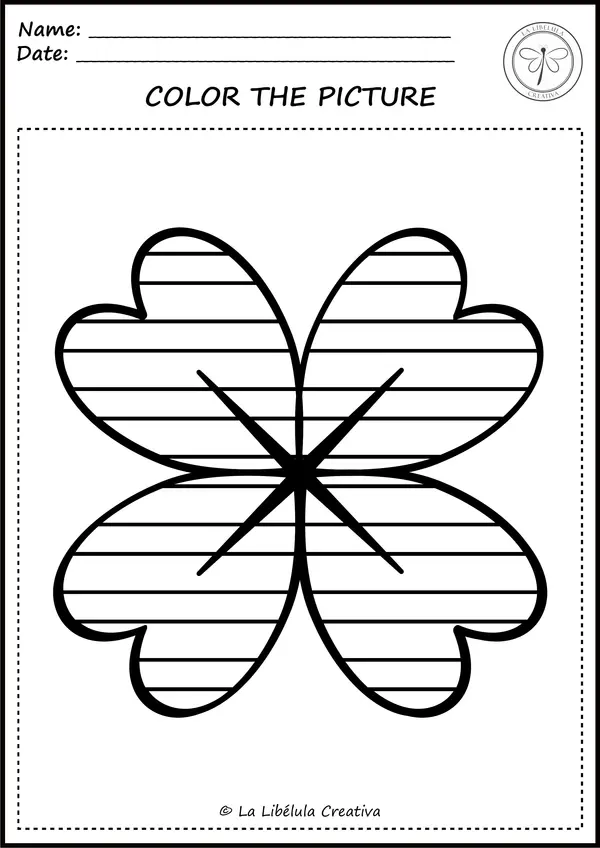
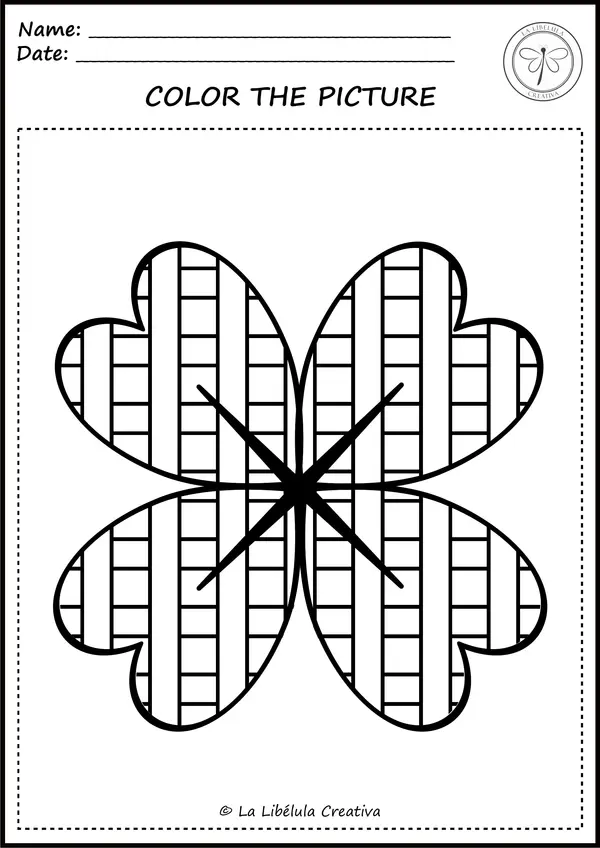





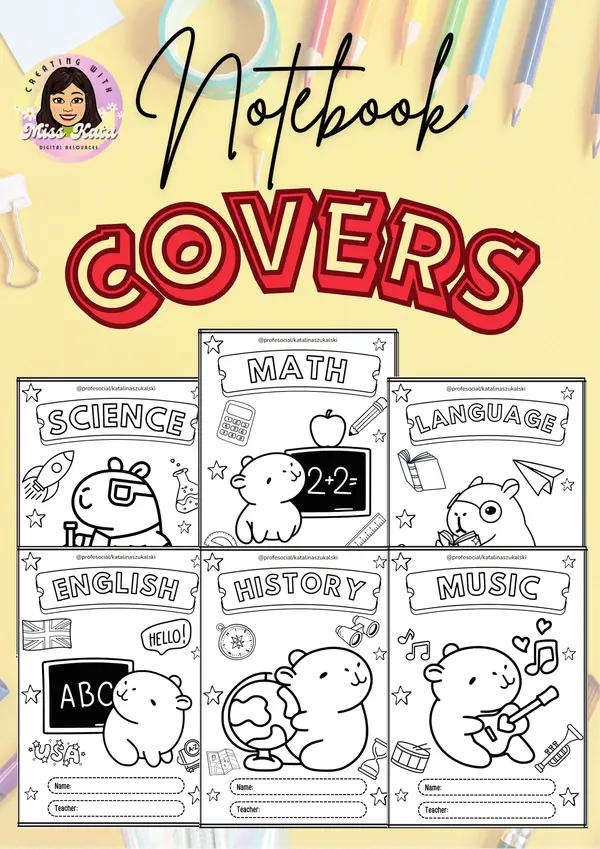
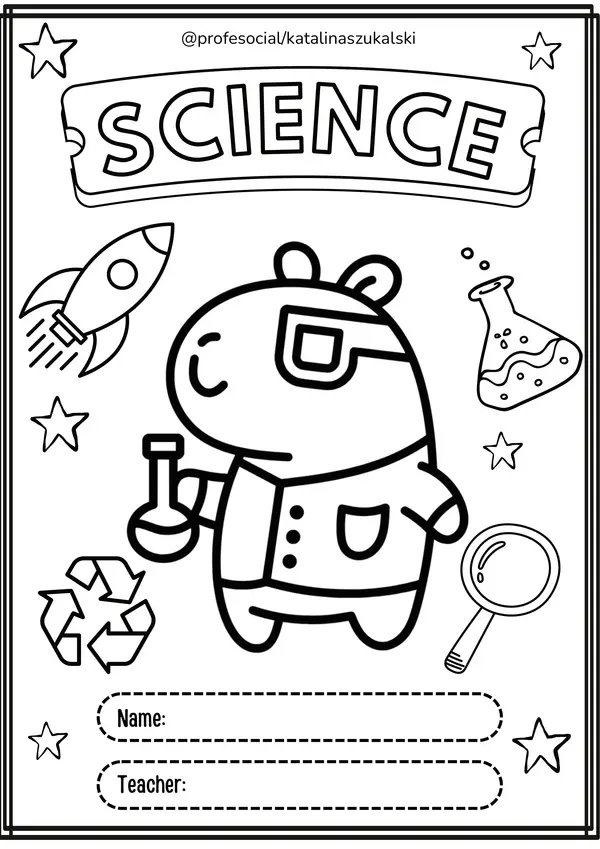
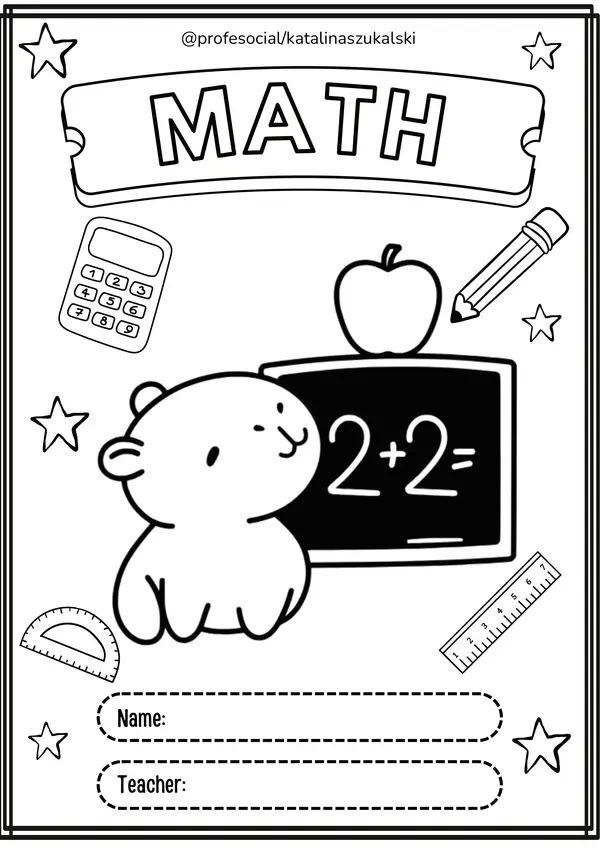
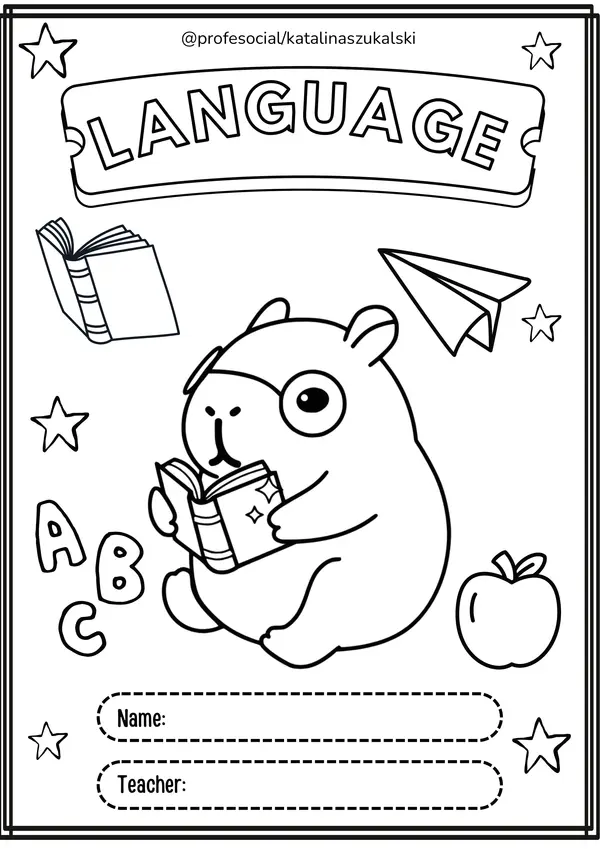
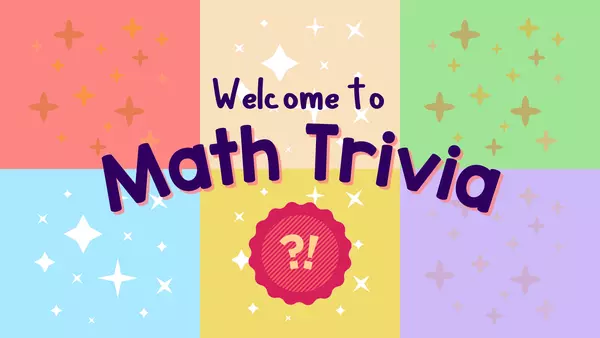
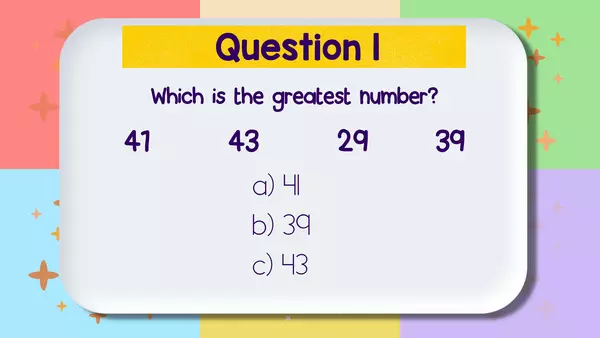

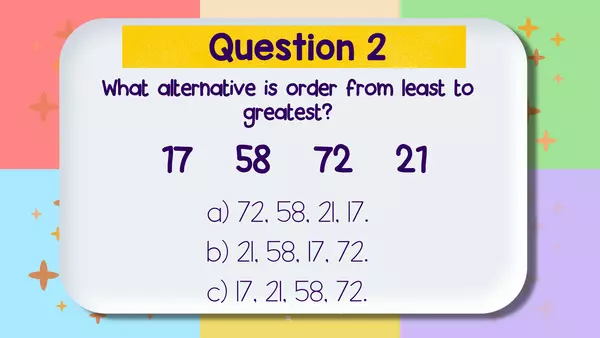
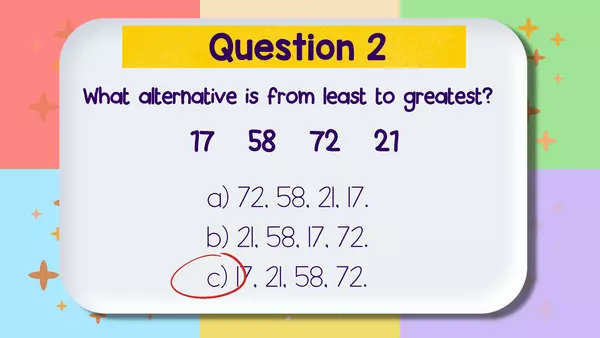
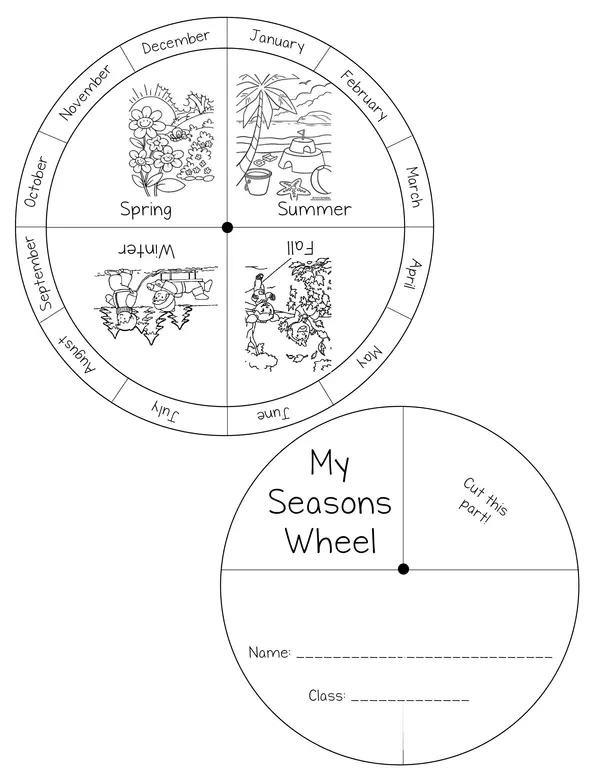
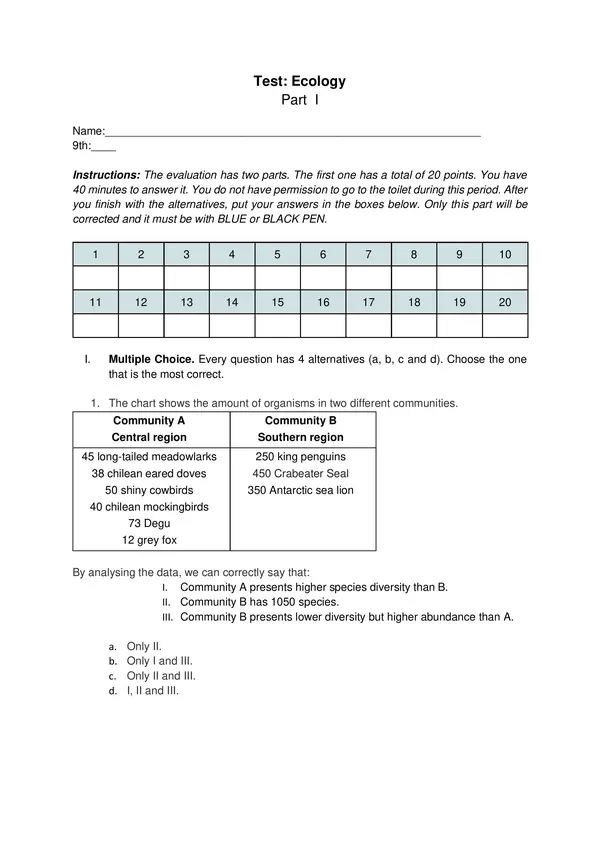
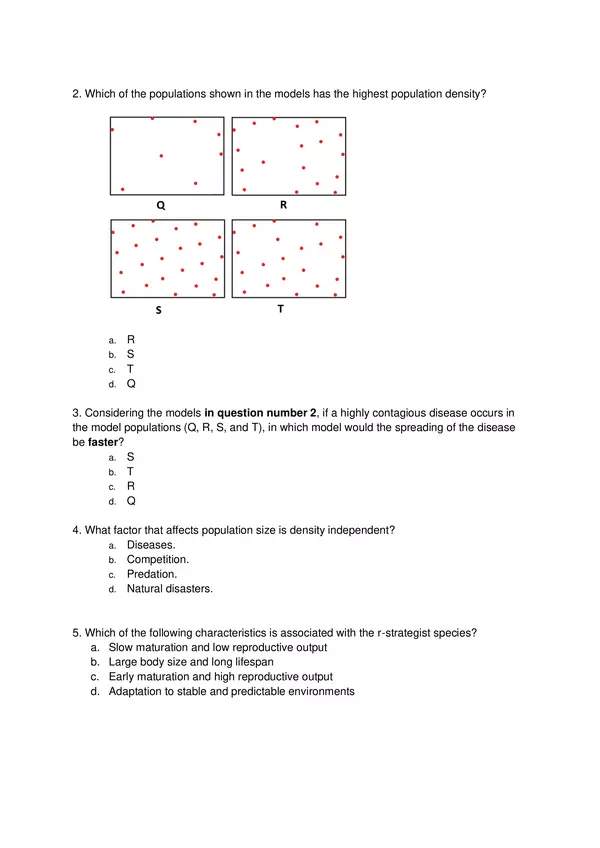

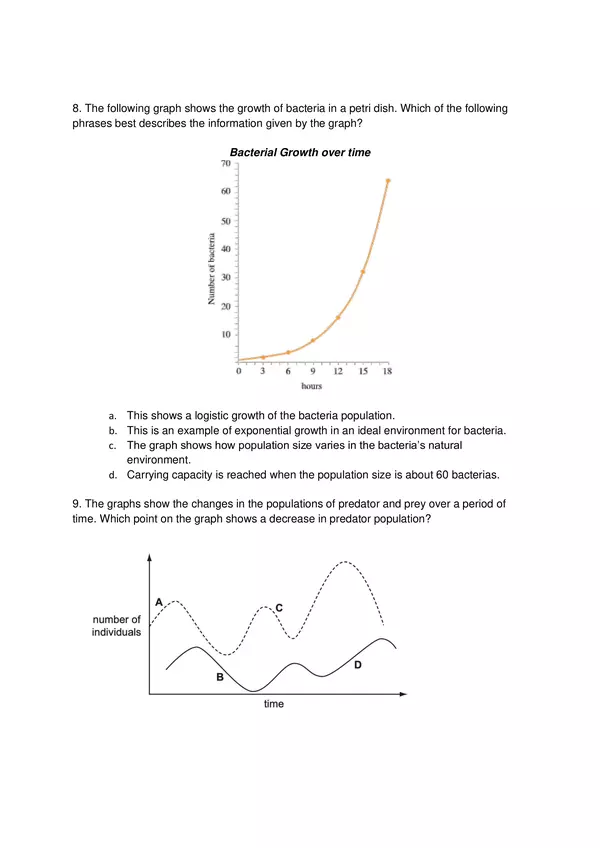
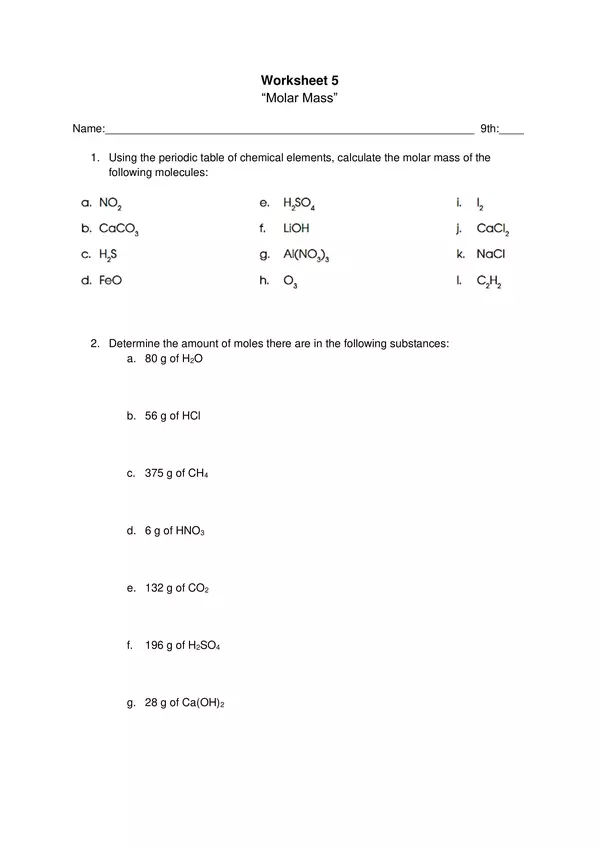
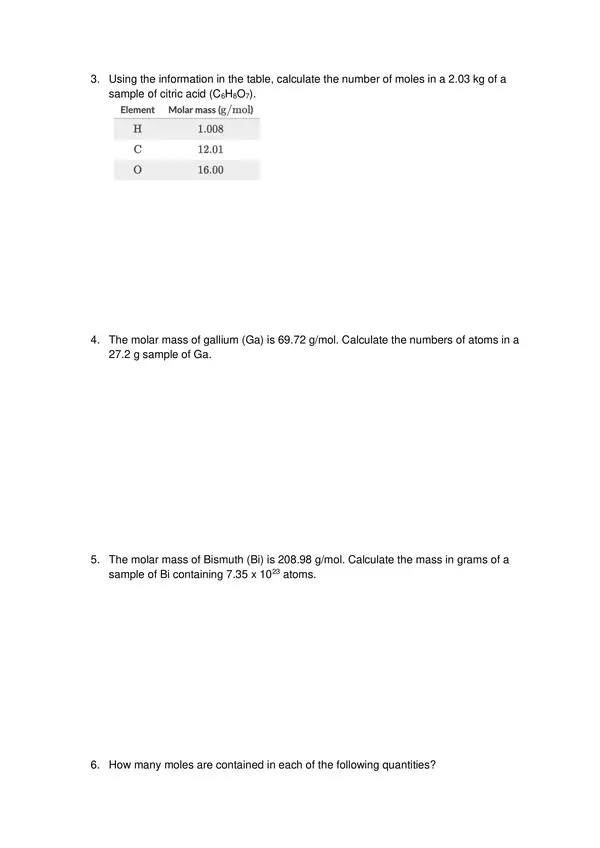
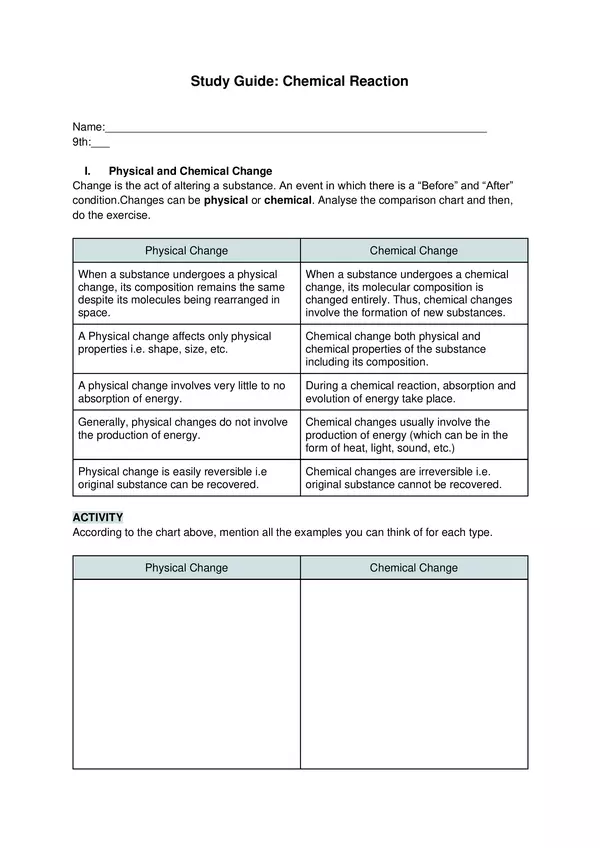
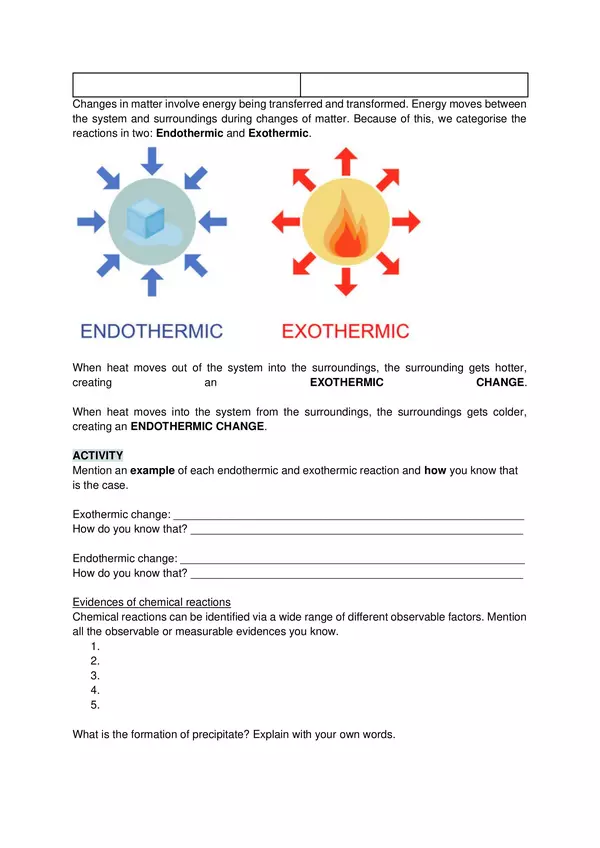
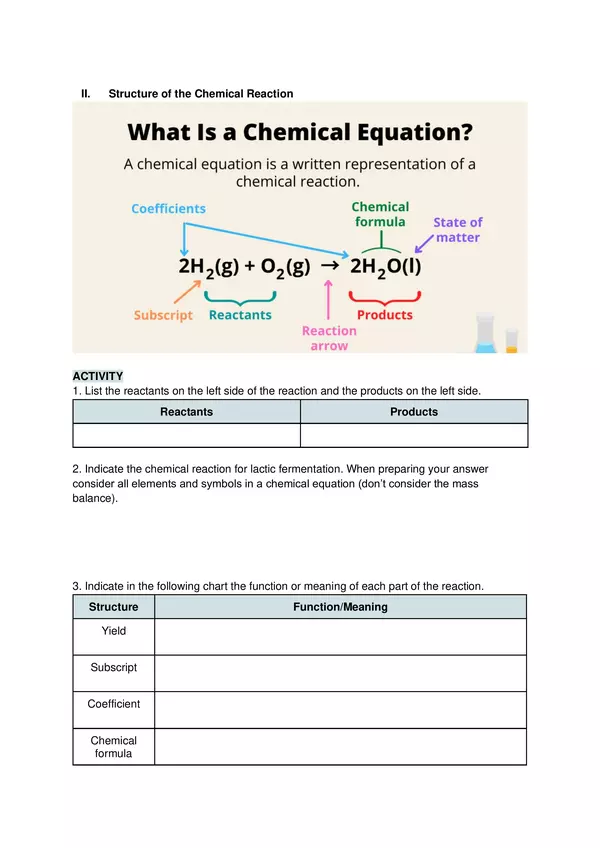
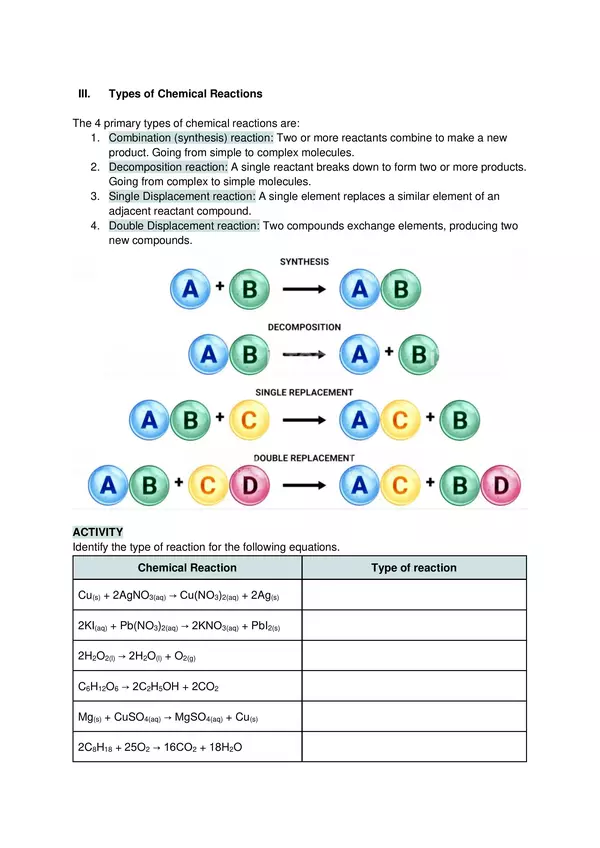
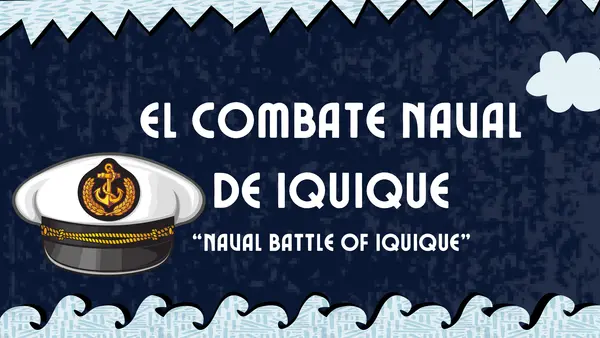
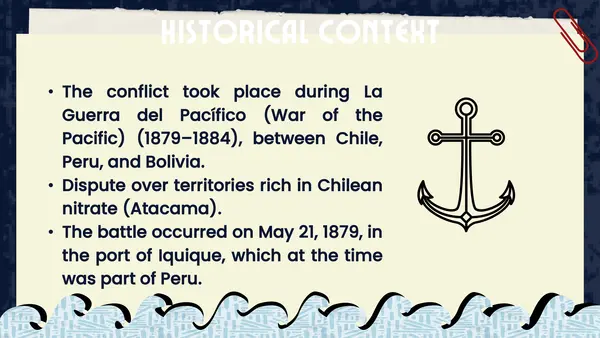
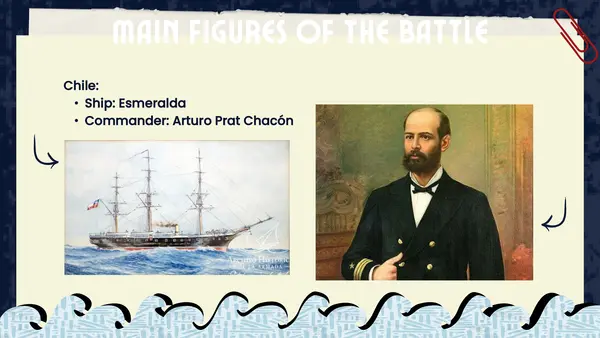
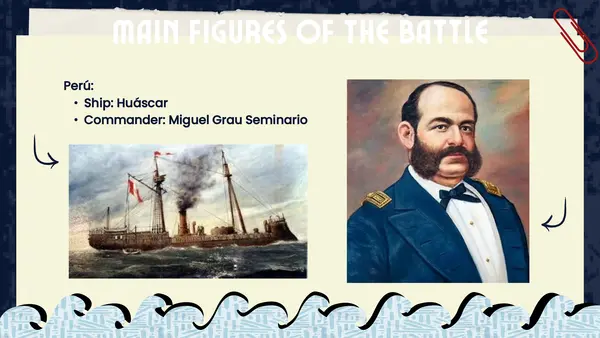
There are no comments yet, write one yourself!